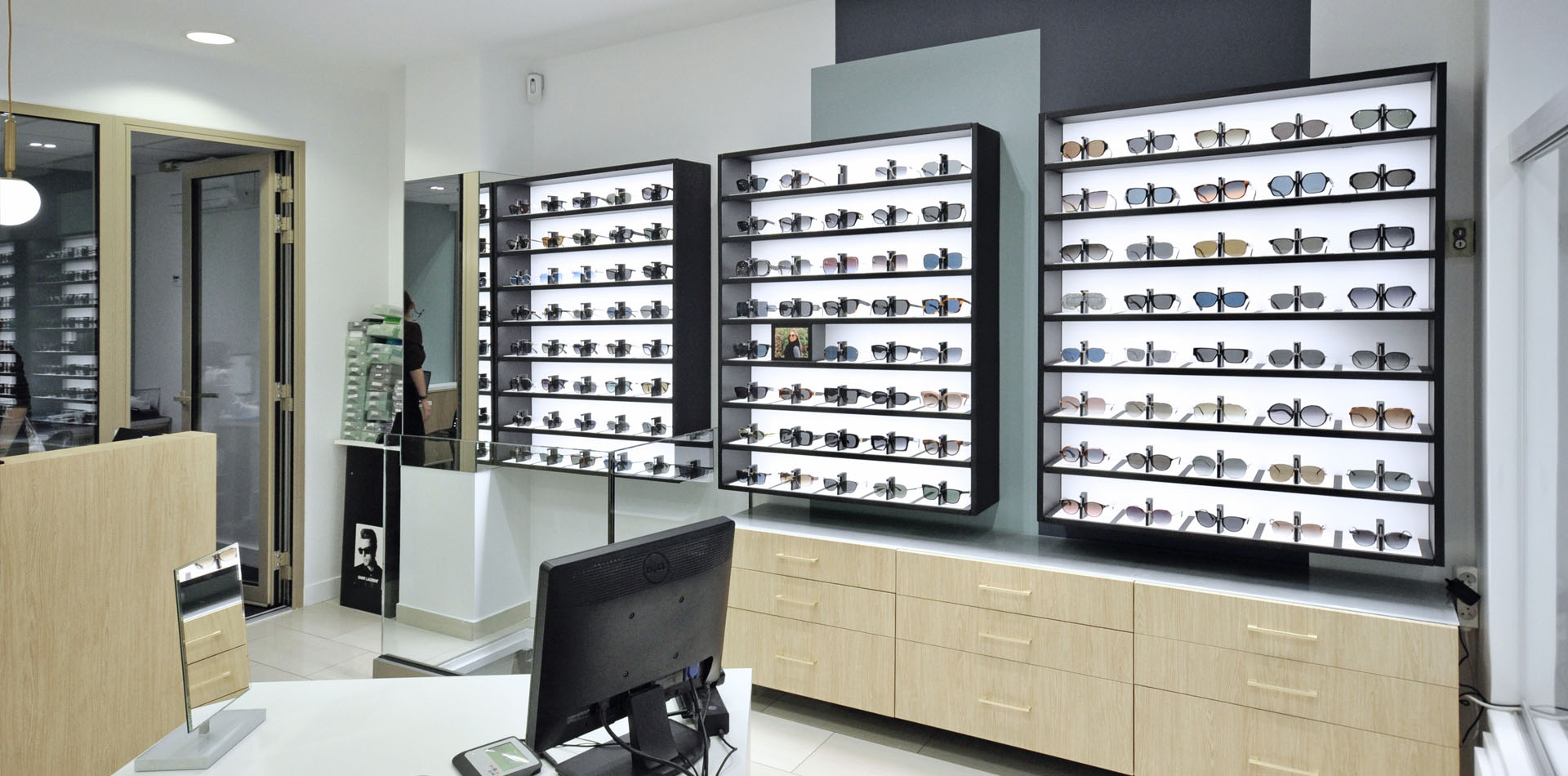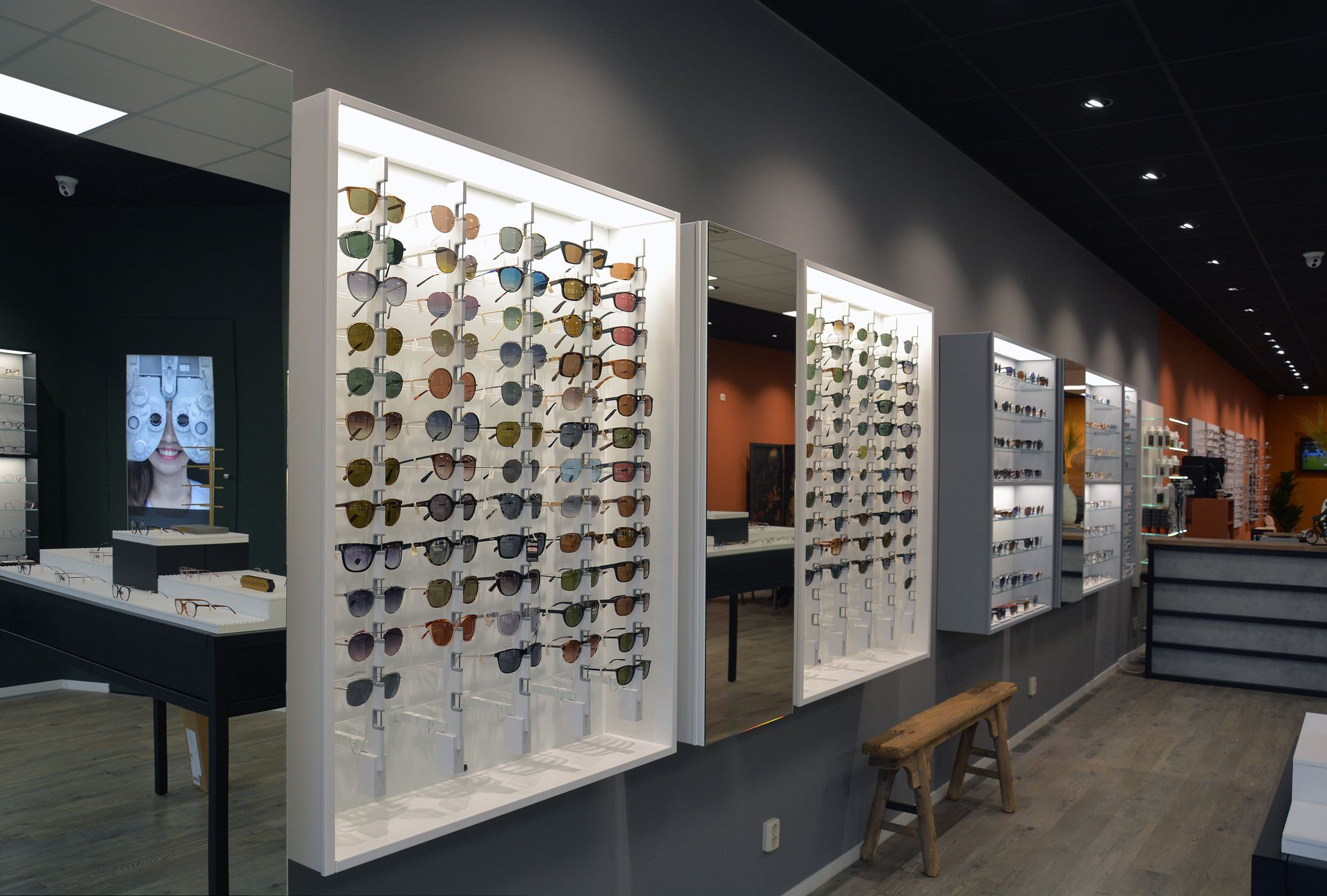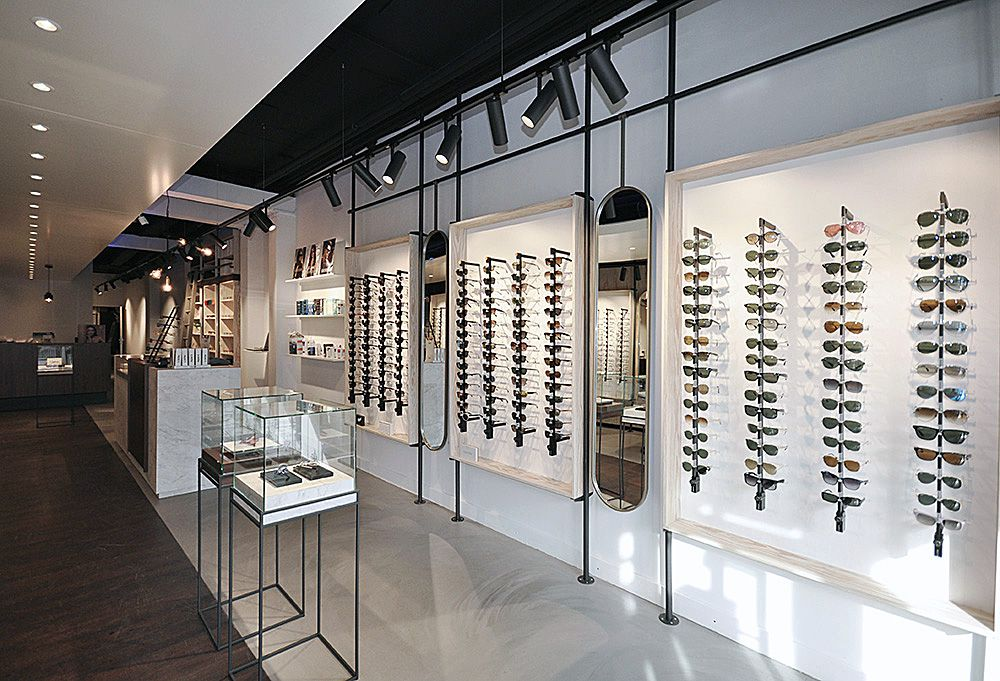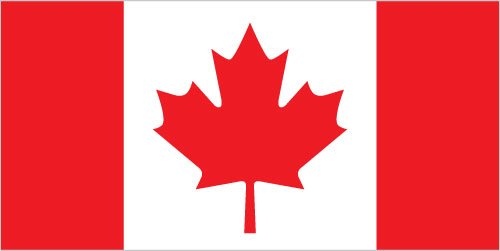The Importance of Lighting in an Eyewear or Optical Store
Posted by Mani Vaghedi on Jun 26th 2024

Lighting plays a crucial role in the success of any retail environment, and eyewear showrooms or optical stores are no exception. The right lighting can significantly enhance the customer experience, improve sales, and create an inviting atmosphere. In an optical store, where precision and aesthetics are paramount, lighting becomes even more critical. This article delves into the importance of lighting in eyewear stores, exploring the best types of lighting, their temperature, and intensity, along with the reasoning behind these choices.
Creating an Inviting Atmosphere
The first impression a customer gets when they walk into an eyewear store is heavily influenced by the lighting. A well-lit store feels welcoming, clean, and professional, making customers feel comfortable and encouraging them to spend more time exploring the products. Bright, even lighting ensures that the space feels open and inviting, reducing the chances of customers feeling overwhelmed or confused.
Ideal Lighting Types
1.Ambient Lighting: This is the primary source of light in the store, providing overall illumination. LED or fluorescent lights are typically used for ambient lighting due to their efficiency and ability to provide a broad spread of light.
2.Task Lighting: Task lighting is essential in specific areas where detailed work occurs, such as at the cashier counter, fitting areas, and optometrist's examination rooms. Adjustable LED spotlights or under-cabinet lights are ideal for these purposes.
3.Accent Lighting: Accent lighting highlights particular areas or displays, drawing attention to high-end products or new arrivals. Track lighting or recessed lights can be used to create focus points without overwhelming the space.

Enhancing Product Visibility
In an eyewear showroom, the ability to see products clearly is critical. Customers need to examine frames closely, assessing color, detail, and fit. Poor lighting can lead to dissatisfaction and missed sales opportunities.
Light Temperature
- Neutral White (3500K-4100K): This range of light temperature is ideal for eyewear stores. Neutral white light mimics natural daylight, making it easier for customers to see the true colors and details of the frames. It also creates a comfortable and pleasant environment, reducing eye strain.
- Cool White (4100K-5000K): Cool white light is crisp and clean, which can be beneficial in showcasing the precision and quality of eyewear products. However, it should be balanced with warmer tones to avoid creating a sterile or overly clinical feel.
Light Intensity
- Moderate to High Intensity: The intensity of the lighting should be sufficient to illuminate the products without causing glare or discomfort. Generally, a light level of 500-1000 lux is recommended for retail spaces. Higher intensity lighting around display areas can help highlight products effectively, while slightly lower intensity in other areas ensures a comfortable browsing experience.

Highlighting Details and Enhancing Sales
Proper lighting not only helps customers see better but also plays a psychological role in the purchasing decision. Highlighting specific products with accent lighting can create a sense of exclusivity and urgency. Strategic lighting can lead customers through the store, guiding their attention to key products and promotions.
Implementing Effective Lighting Design
- Layered Lighting: Combining different types of lighting (ambient, task, and accent) creates a layered effect, enhancing the depth and interest of the store. This approach ensures that each part of the store is adequately lit, serving its specific purpose.
- Adjustable Lighting: Using adjustable lighting fixtures allows the store to adapt to different needs and events. For instance, dimmable lights can create a cozy atmosphere during late hours, while bright lights can be used during peak times to highlight the latest collections.
- Color Rendering Index (CRI): A high CRI (above 80) is crucial in an eyewear store as it ensures that the colors of the frames are displayed accurately. LED lights with a high CRI are a great choice for this purpose.

Conclusion
In an eyewear or optical store, lighting is not just a matter of aesthetics but a critical component of the customer experience and sales strategy. The right combination of lighting types, temperature, and intensity can create an inviting atmosphere, enhance product visibility, and ultimately drive sales. Investing in quality lighting design is essential for any eyewear store aiming to provide the best shopping experience and stand out in a competitive market.
Author : Mani Vaghedi
Mani Vaghedi, the current president of CNS Frame Displays, is a renowned expert and authority in retail displays and furniture, as well as innovations in retail merchandising. With multiple degrees in Chemistry, Electrical Engineering, Computer Science, and Business Management, he brings a diverse and robust skill set to his role. Under his leadership, CNS Frame Displays has excelled in creating cutting-edge retail solutions that blend functionality with aesthetic appeal. Mani's expertise and innovative approach have positioned him as a thought leader in the industry, consistently driving advancements and setting new standards. His academic background and professional experience make him uniquely equipped to navigate and shape the future of retail merchandising.

About CNS Frame Displays
CNS Frame Displays, a US-based company, is a leading designer and supplier of optical and eyewear displays, as well as optical furniture, in the United States and Canada. Serving over 40,000 clients in North America and internationally, CNS Frame Displays offers specialized products along with showroom and optical dispensary design services and space planning for eyecare businesses. Most of the products marketed by CNS Frame Displays are manufactured in the United States, Europe, and Canada.

 877-274-9300
877-274-9300
 416-877-7415
416-877-7415
